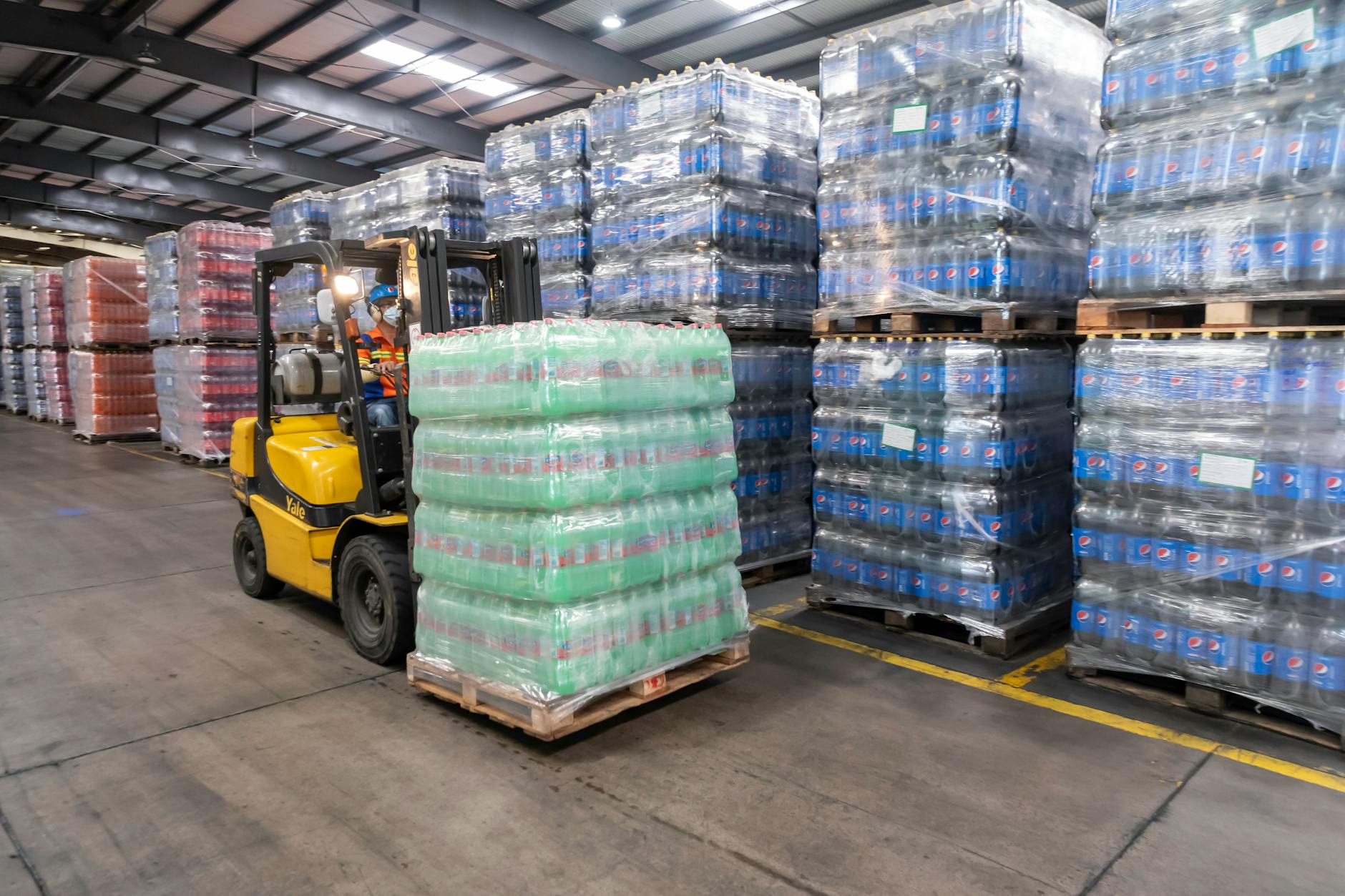Building a warehouse is a major investment. Whether you’re expanding your business or just getting started, it’s a project that requires serious planning. But don’t let that scare you off—it’s also exciting! Designing the perfect warehouse allows you to tailor your space exactly how you need it. To make sure you get out of your investment, there are a few essential tips to keep in mind.
Remember Costs and Budget Wisely
Let’s start with the big one—money. Warehouses aren’t cheap to build, and if you’re not careful, your budget can spiral out of control before you even realize it. So, the first tip is to manage your costs like a pro.
Start by creating a detailed budget, covering everything from land acquisition to construction, equipment, and future expansion plans. Remember that the cost of building a warehouse often extends beyond just the building materials. Labor, permits, utilities, and even ongoing maintenance can add up quickly. You don’t want any surprises, so make sure every dollar is accounted for from the beginning.
Pro Tip: Always factor in a little extra for unexpected expenses—trust me, they’ll happen.
Location, Location, Location
It’s not just about where your warehouse will be built, but why that location is the best fit. Accessibility is key, especially if your business relies on frequent shipping or receiving of goods. Proximity to major highways, ports, or rail systems can make a huge difference in your operational efficiency.
Also, think about the local workforce. If your warehouse needs a lot of manpower, you’ll want to be in a region where skilled workers are available. Zoning laws and environmental regulations will also play a role in your decision.
In short: choose a location that aligns with your business needs now and in the future.
Size and Space Considerations
Size matters—but it’s not just about going big. You want your warehouse to be the right size for your business. Too small, and you’ll outgrow it quickly; too large, and you’re stuck with unnecessary overhead costs.
Think about the following:
- Current and future needs – Are you building for today or for growth?
- Layout – The layout should accommodate efficient flow, making it easy for goods to come in, get stored, and go out. Don’t forget to factor in aisle width and space for any machinery like forklifts.
- Vertical space – Can you go up instead of out? Utilizing vertical storage might save you from needing more square footage.
Taking time to carefully plan the size and design can save you headaches down the road.
Plan for Efficient Workflow and Operations
A well-designed warehouse should make your workflow smooth and efficient. Consider how goods will move through the building from the moment they arrive until they’re shipped out.
- Dock layout – How will trucks load and unload? Will you have multiple docks? Think about traffic flow and how to minimize delays.
- Storage systems – Will you use racks, shelving, or pallets? Your storage system should align with your inventory type, so think ahead about what’s most efficient.
- Technology – Warehouse management systems (WMS) and automation can improve efficiency, reduce errors, and lower operational costs. If you’re not ready to invest in high-tech now, at least plan your warehouse with the future in mind.
Ensure Proper Ventilation and Lighting
Warehouses are often huge, open spaces, so it’s easy to overlook lighting and ventilation—but these are critical to a safe and productive environment.
Good ventilation helps regulate temperature, improve air quality, and reduce energy costs. Warehouses can get hot, especially in summer, so you’ll want to make sure your design includes proper airflow to keep both your products and employees comfortable.
Lighting is just as important. A well-lit warehouse reduces the risk of accidents and improves productivity. Consider energy-efficient LED lighting, which can help you save on electricity in the long run while keeping the workspace bright.
Prioritize Safety and Compliance
Safety is non-negotiable in a warehouse setting. Even a small oversight can lead to accidents, injuries, or costly legal issues. Your design should prioritize safety from the ground up.
Make sure your warehouse complies with all relevant local, state, and federal regulations. This could include fire safety standards, accessibility requirements, and worker protection laws.
Key safety considerations include:
- Fire exits – Are they clearly marked and easily accessible?
- Emergency equipment – Do you have enough fire extinguishers, sprinklers, and other safety systems installed?
- Clear signage – Post safety signs throughout the warehouse, especially in areas where hazardous materials are stored or heavy machinery is used.
Don’t Forget About Expansion
While you’re planning your dream warehouse, it’s easy to focus only on your immediate needs. But what happens when your business grows? Will your warehouse grow with it?
That’s why planning for future expansion is so important. You might not need all the space now, but leaving room for growth could save you from the costly headache of needing to rebuild or relocate later. Whether that means adding more loading docks or extending your building, make sure you’ve got a long-term plan.
Sustainable Practices and Energy Efficiency
Sustainability isn’t just a trend; it’s a smart way to future-proof your business. By incorporating green building practices, you can reduce your warehouse’s environmental impact while also cutting down on operational costs.
Consider energy-efficient insulation, solar panels, or even a green roof to improve energy efficiency. You’ll not only save money on energy bills but also improve your brand’s reputation by showcasing a commitment to sustainability.
Wrapping It Up
Building a warehouse is no small feat, but with the right planning and foresight, it can be a smooth, rewarding process. From managing costs to planning for future growth, each step you take will set your business up for long-term success. By paying attention to these key considerations, you can create a warehouse that’s efficient, cost-effective, and ready for whatever the future holds.

